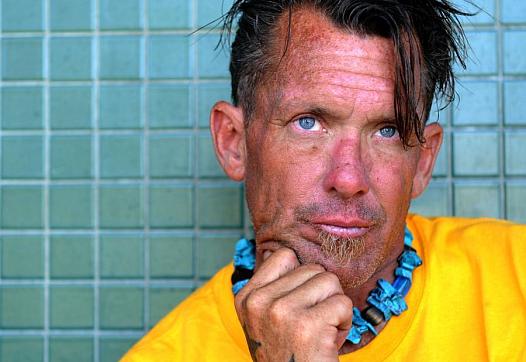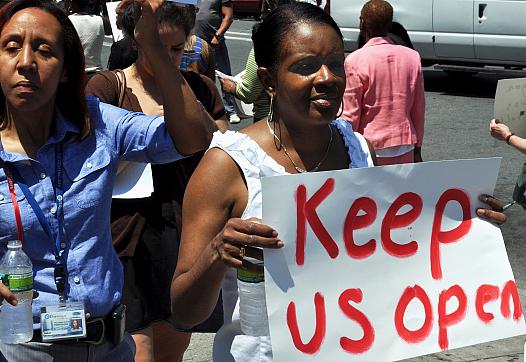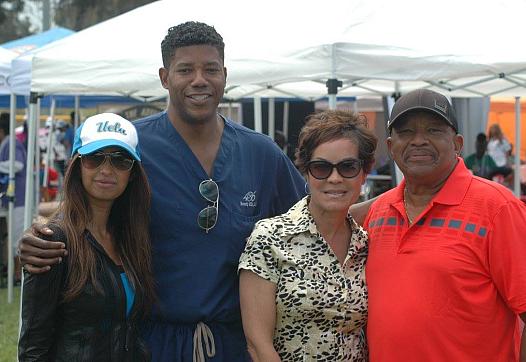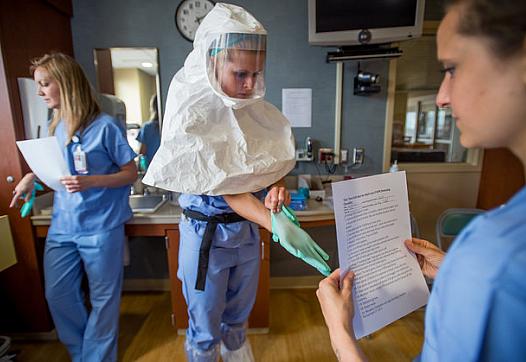
The Cleveland Plain Dealer’s Brie Zeltner and Rachel Dissel are putting the issue of lead poisoning in children back on the map, publishing a deeply reported series of stories on the issue this week. The ambitious project is worth a closer look.

The Cleveland Plain Dealer’s Brie Zeltner and Rachel Dissel are putting the issue of lead poisoning in children back on the map, publishing a deeply reported series of stories on the issue this week. The ambitious project is worth a closer look.

In a watershed development on Tuesday, the American Cancer Society announced it was backtracking on its aggressive breast cancer screening recommendations. The new guidelines are much more aligned with the practice of Slow Medicine, and they should change how we talk to patients about screening.
India-West’s examination of the impact of diabetes within the Indian population continues with a look at an attempt to legislate efforts to reduce sugar consumption, how one diabetic patient lived with the disease for nearly 25 years, and ways to manage the chronic condition.
Fresno County has some of the highest rates of STDs in the state. Public health officials say more needs to be done to reach all segments of the community.

As a journalist, both homelessness and mental illness are uniquely challenging topics to report on. When combined, the reporting challenges double, but so do the potential insights. Claudia Boyd-Barrett shares lessons from her experience reporting on the issue in California's Ventura County.

Nearly 60 hospitals have closed in the U.S. since 2010. In reporting on how hospital closures affect poor patients in Rust Belt towns, reporter Sean Hamill found first-person accounts to be crucial. But backing up those stories with data and geographical comparisons also provided essential context.

The idea that childhood trauma and adversity can become embedded in the body and shape one's health decades later is not new. But a recent study throws the idea into stark relief: Even when psychological distress disappears by adulthood, the elevated risk of chronic disease remains.

Stigma is one reason that African Americans are less likely to get a colonoscopy. But a recent study found that doctors may be partly responsible as African Americans are more likely than any other racial and ethnic group to say that their doctor never recommended colon cancer screening.

There is a growing understanding that improving student health isn't just about serving healthier foods – it’s also about promoting healthier lifestyles. Reducing junk food marketing to children is a key part of that task, and San Francisco Unified has been at the leading edge of such efforts.

Today, Sept. 25, marks the one-year anniversary of Thomas Eric Duncan walking into a Dallas emergency room, where two of his nurses contracted the disease before Duncan died. Many nurses still feel unprepared and are seeking stronger safety protections.